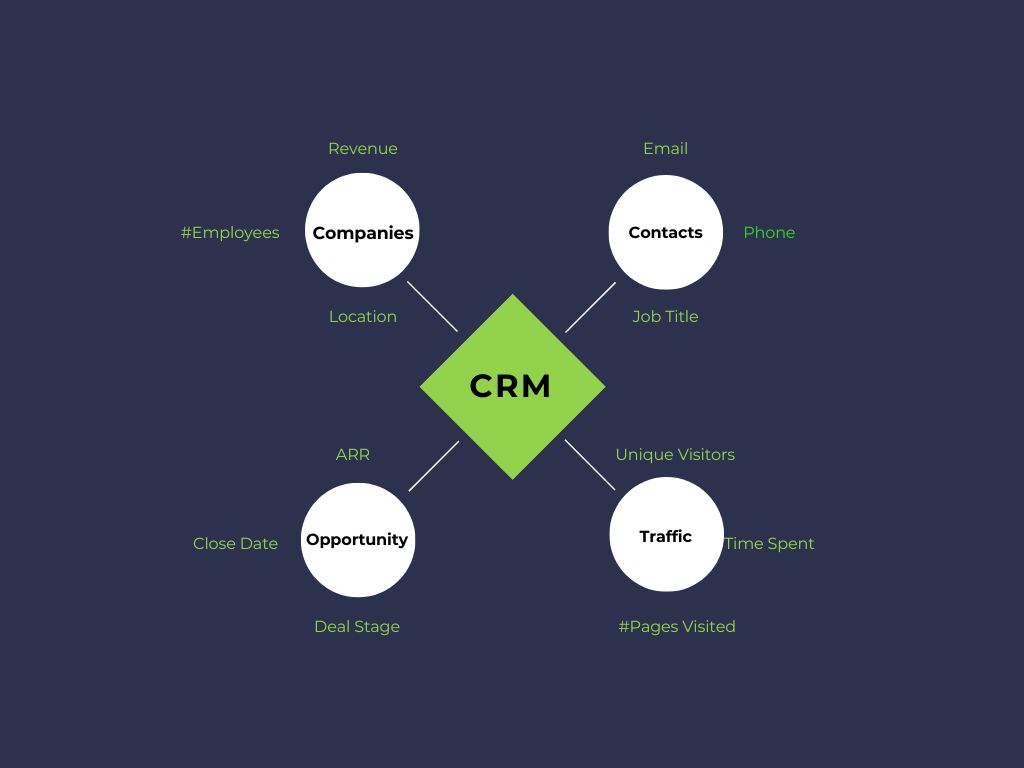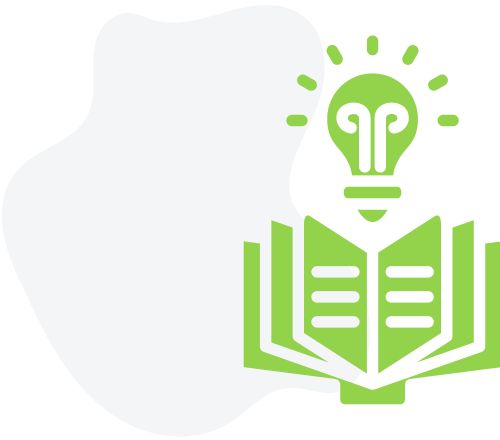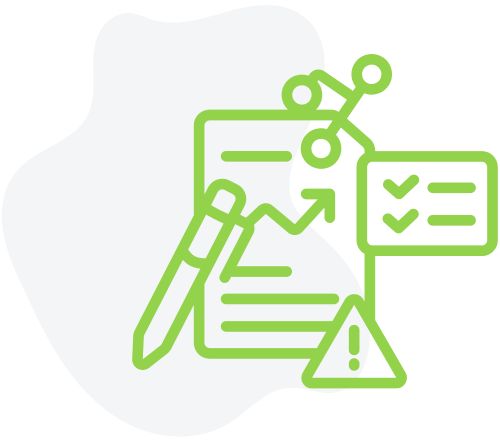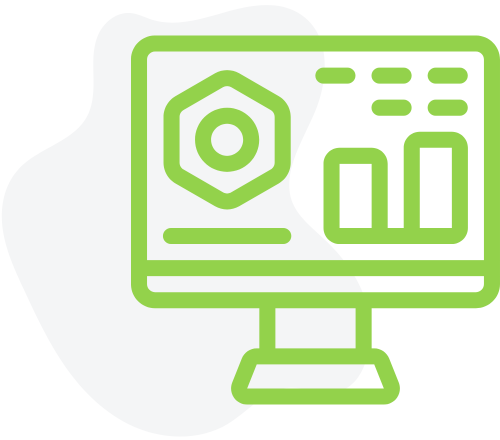Unlocking Predictive Insights
Harnessing CRM Data for Forecasting

Understanding Historical Trends
By analyzing past sales data stored in your CRM, you can identify key trends and patterns that influence revenue.
This historical analysis helps in predicting future sales performance by understanding seasonality, customer behavior, and sales cycle lengths. With these insights, businesses can make informed decisions about inventory management, staffing, and budget allocations.
Predictive Modeling Techniques
Leveraging advanced statistical methods and machine learning algorithms, predictive modeling takes your CRM data to the next level.
By integrating both historical data and real-time inputs, these models forecast future sales with greater accuracy, allowing businesses to anticipate market changes and adjust strategies proactively.
Integrating External Factors
Impact of Market Dynamics
Revenue forecasting isn’t just about internal sales data; it also involves understanding the external market dynamics. Factors such as economic conditions, industry trends, and competitive actions can significantly impact your sales. Integrating this external information into your CRM can refine forecasting accuracy and provide a more comprehensive view of future sales.



Continuous Forecasting Improvement
Adapting to New Data
As new data becomes available and market conditions evolve, it’s crucial to continuously refine your forecasting models. Regularly updating your models to incorporate the latest data ensures that your sales forecasts remain relevant and accurate, helping you stay agile in a competitive landscape.
This ongoing process of adaptation and improvement helps solidify forecasting as a critical tool for strategic planning and operational efficiency.
We Solve Real Problems
What can we do for you?

Data Management and Analytic
Consolidates data and delivers actionable insights through advanced analytics.

Process Optimization
Streamlines workflows, optimizes tech stacks, and enhances customer lifecycle management.

Strategy
Alignment
Aligns team goals and sets KPIs for optimal cross-departmental performance.

